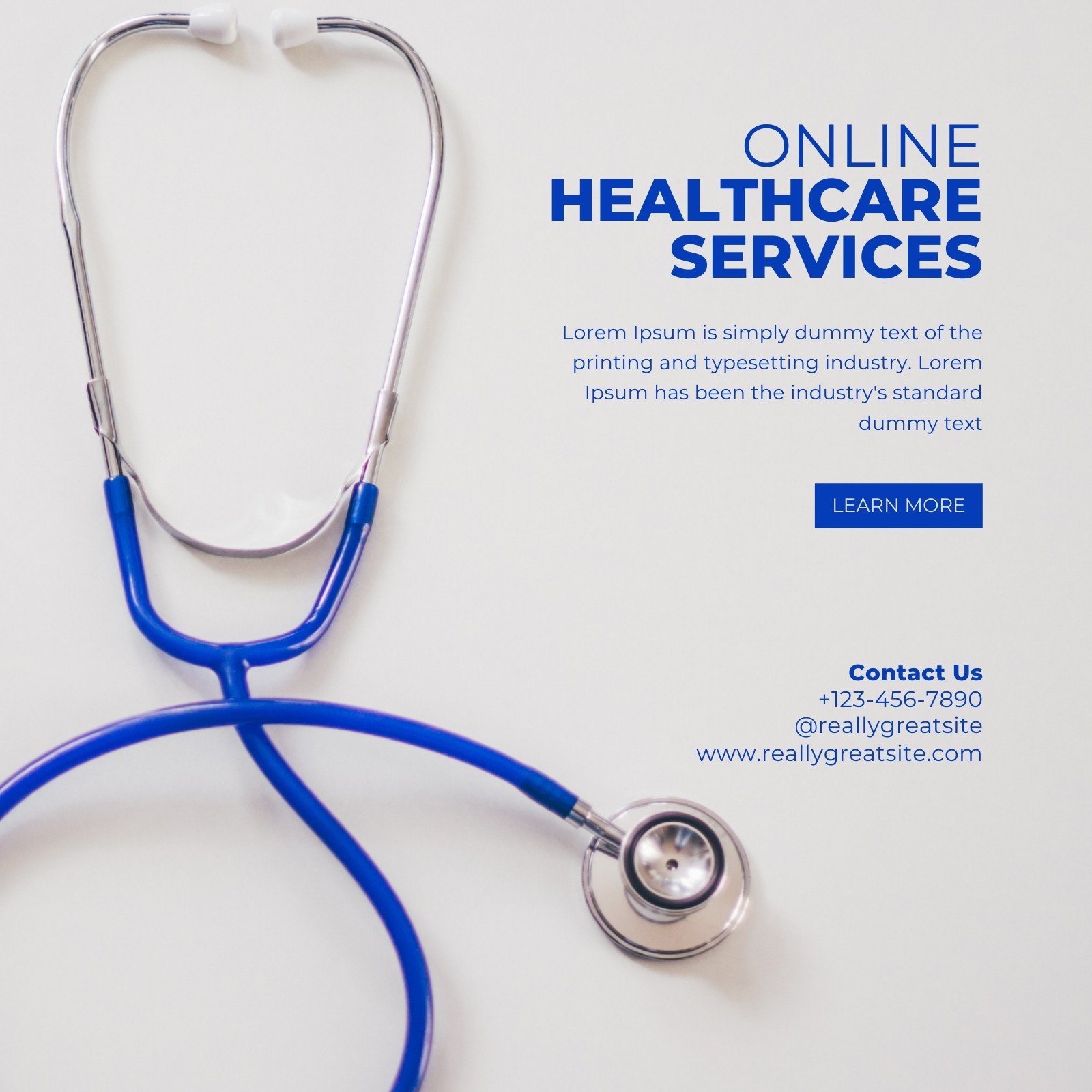Understanding the Price Savings of Subscription Based Healthcare for Families
Wiki Article
Exactly How Subscription-Based Health Care Is Transforming the Medical Industry

The Rise of Membership Health Care
Recently, the medical care industry has actually witnessed a considerable shift towards subscription-based designs, showing wider consumer trends favoring benefit and predictability. This change is driven by the enhancing demand for more available and customized care solutions. Subscription medical care, occasionally referred to as concierge medication or direct medical care, uses people a fixed regular monthly fee for a series of medical services, substantially changing conventional fee-for-service models.The increase of membership healthcare is helped with by advancements in innovation, which allow streamlined interaction in between individuals and providers - subscription based healthcare. Digital platforms and telehealth services have come to be important, providing clients the capability to schedule consultations, access medical records, and obtain examinations online. This technological assimilation not just enhances person interaction but also permits service providers to supply a lot more effective care
Additionally, the subscription design aligns with the evolving assumptions of patients who seek more control over their health care expenditures and experiences. By removing the changability of co-pays and insurance coverage cases, subscription-based healthcare uses a uncomplicated and transparent method. While this model is getting grip, its proliferation encounters difficulties such as governing obstacles and the necessity for broader acceptance within the typical healthcare environment. Nevertheless, its expanding existence marks a turning point in the development of health care delivery.
Benefits for Patients and Providers
Subscription-based health care uses a wide variety of benefits for both providers and patients, reshaping the characteristics of treatment. For clients, this model provides enhanced access to medical care solutions. With a predictable regular monthly fee, clients can delight in unlimited consultations, lowered wait times, and personalized treatment. This plan often brings about a much more proactive strategy to wellness management, permitting for timely treatments that can stop chronic problems from escalating. The economic transparency of membership versions decreases the changability associated with standard fee-for-service payment, minimizing the worry of unforeseen clinical expenditures.For doctor, subscription-based versions cultivate an even more gratifying and lasting technique. By safeguarding a steady profits stream, suppliers can concentrate on supplying top quality care without the pressure of volume-based service. This version urges longer patient examinations, fostering more powerful patient-provider partnerships and boosting wellness end results. In addition, it supplies providers the flexibility to innovate and incorporate preventive and holistic treatment methods. Management tasks are typically streamlined, reducing overhanging prices and enabling suppliers to devote more time to patient communication. On the whole, subscription-based health care lines up the incentives of patients and carriers, promoting a much more effective and patient-centered medical care distribution system.
Trick Functions of the Version
Frequently, the essential attributes of the subscription-based healthcare model emphasize its distinctive method to providing clinical solutions. Central to this version is the concept of predictable, regular monthly repayments, offering people a comprehensive series of services without the changability of standard fee-for-service frameworks. This version often includes limitless access to health care solutions, precautionary treatment, and regular examinations, ensuring that patients can engage with their doctor proactively as opposed to reactively.
Furthermore, direct communication channels, such as telemedicine and messaging platforms, are emphasized, allowing patients to obtain prompt suggestions and consultations without requiring in-person consultations. This boosts access and comfort, particularly for individuals with flexibility restraints or those residing in remote areas. The design likewise fosters stronger doctor-patient partnerships, as doctor are incentivized to concentrate on long-lasting wellness end results as opposed to short-term gos to.
Moreover, subscription-based medical care commonly integrates technological innovations, such as digital health and wellness records and wellness tracking applications, to supply reliable and individualized care. People gain from coordinated and continual care monitoring, which useful reference is tailored to their details health and wellness needs. Inevitably, these features jointly create a patient-centered medical care experience, prioritizing accessibility, expense transparency, and preventative care.

Considerations and challenges
While the subscription-based health care model uses numerous benefits, it is not without its difficulties and considerations. Membership designs may unintentionally prefer those with higher socioeconomic condition, possibly widening variations in medical care access for lower-income people who might battle with monthly fees.One more difficulty lies in governing conformity. Subscription-based healthcare must navigate an intricate internet of regulations that vary by area, consisting of issues around client privacy, information protection, and state licensing demands. Making certain conformity without impeding the design's versatility and technology can be daunting for companies.
In addition, there is the risk of overutilization or underutilization of solutions. Clients paying a repaired cost could overuse services, resulting in enhanced operational expenses, while others might underutilize due to fear of straining the system, possibly ignoring necessary care.
Future Leads and Innovations
The landscape of subscription-based medical care is positioned for change through arising technologies and developing prospects. As technology proceeds click here to find out more to breakthrough, the assimilation of expert system and device learning presents substantial chances to improve diagnostic precision and enhance client administration. Predictive analytics can change precautionary care by recognizing prospective health threats prior to they manifest, therefore minimizing both costs and more helpful hints the worry on health care systems.Furthermore, telemedicine is established to broaden within subscription designs, offering clients raised access to healthcare experts no matter geographical restraints. This not only promotes continuity of treatment but additionally empowers people to engage even more actively in their health and wellness management. Furthermore, blockchain technology uses potential in protecting person data and ensuring interoperability across systems, fostering depend on and transparency.
Partnerships between tech business and healthcare companies are likely to produce ingenious services, enhancing client experiences and outcomes. As these prospects appear, subscription-based medical care has the possible to redefine exactly how care is delivered and accessed.
Conclusion
Subscription-based health care is changing the medical sector by offering a much more accessible, foreseeable, and patient-centered approach to clinical solutions. Despite obstacles such as regulatory obstacles and possible disparities in gain access to, the registration design holds pledge for a more efficient and individualized medical care experience.Subscription health care, sometimes referred to as concierge medication or straight key treatment, provides individuals a set monthly fee for a variety of clinical services, dramatically altering conventional fee-for-service versions.
In addition, the membership version straightens with the developing assumptions of patients who look for more control over their health care expenses and experiences. For individuals, this model offers boosted access to health care services. In general, subscription-based medical care lines up the incentives of clients and providers, promoting a much more patient-centered and effective health care shipment system.
Furthermore, telemedicine is set to expand within subscription models, offering patients raised access to health care experts regardless of geographical constraints. - subscription based healthcare
Report this wiki page